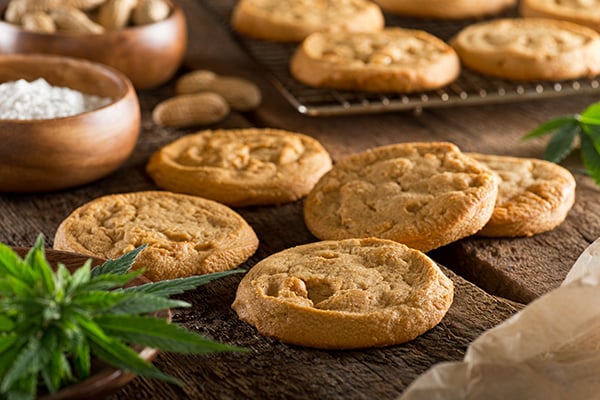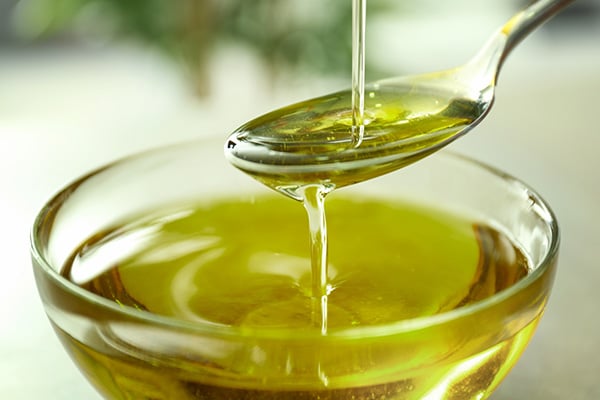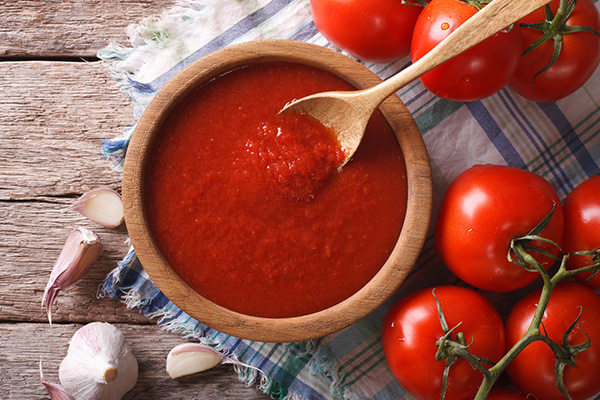
Your body metabolizes THC differently when ingested and processed by the gastro-intestinal tract, where Delta-9-THC becomes 11-Hydroxy-THC. 11-Hydroxy-THC results in more intense effects and lasts longer in the body. The onset takes longer (30 mins to 2 hours) versus the to nearly instant onset from inhalation, and effects can last 10 hours or more. When ingesting cannabis there is more risk of inadvertently over-consuming, resulting in a negative experience. When adding ingestible oils to your prepared food item, or when infusing your recipe with cannabis, always err on the side of caution and Start Low, Go Slow.
It’s important to know that cannabis must be “activated” in order to produce any effects. This activation process is called decarboxylation. Cannabis is heated to approximately 105 degrees Celsius over a period of 30-40 minutes, sometimes longer. This converts the THCA to THC which is the “activated” cannabinoid. This process is also applied to CBD.
When it comes to cannabis oils or capsules, decarboxylation is done during the production process. Because they are “pre-activated”, cannabis oils are ready to be ingested without requiring combustion, or further heat – they can simply be ingested or added to a finished recipe. This makes them the easiest form of cannabis to create your own edibles with and, because the THC or CBD content is marked on the label, they are the safest way to ensure you get the proper serving of cannabinoids in your recipe.


You can also decarboxylate your own dried cannabis in your oven and infuse it into your own butter or cooking oil. This process is tricky though and risks over-baking and ruining your dried cannabis flower. Another challenge with this method is controlling the concentration of THC or CBD that will end up in your infused product. In short, do-it-yourself decarbing is not recommended for beginners.
Whether you use pre-packaged cannabis oil or your own DIY butter in your recipe, you should be conscious of the distribution of the THC or CBD. Think of a chocolate chip cookie and how not every cookie has the same amount of chocolate chips – you might not be getting the same serving of THC with each cookie or even each bite! To better ensure even serving amounts, rather than mix a large amount of cannabis oil or butter into a batch of batter or sauce, opt to mix a measured amount of oil or butter into each single serving. For example, mix a small amount of cannabis butter into a tablespoon of frosting and apply to your cookie or cupcake after baking. Or drop a small amount of oil into a cup of tomato sauce before pouring it over your single plate of spaghetti. This ensures you won’t get too little or too much THC or CBD with each serving of your infused food.
Lastly, when serving or storing foods you have infused with cannabis, don’t forget to properly label and seal in a lockable container. This will ensure no one consumes in error and will keep everyone, especially children and pets, safe.
